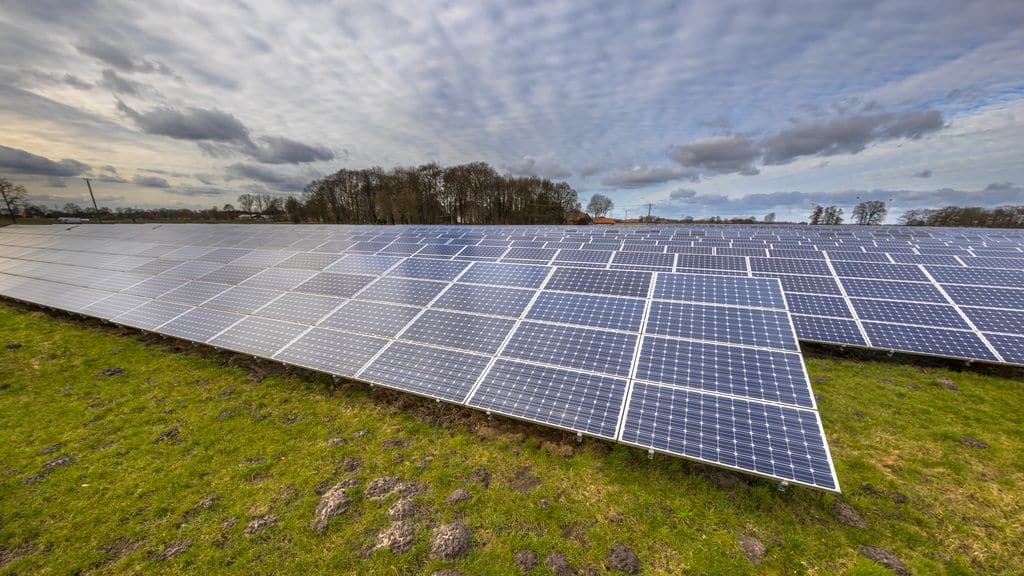Introduction
Australia, with its abundant sunshine and vast expanses of agricultural land, is well-positioned to harness solar energy for agricultural purposes. As the need for sustainable and efficient farming practices grows, solar power is increasingly being adopted by Australian farmers to reduce their environmental footprint and power their operations. This article explores the various ways solar energy is revolutionizing farming practices in Australia and the benefits it brings to the country’s agricultural sector.
- Solar-powered irrigation
Irrigation is a critical aspect of farming in Australia, particularly in areas with irregular rainfall patterns or limited water resources. Solar-powered irrigation systems use solar energy to pump water from various sources, such as rivers, dams, or underground aquifers, to irrigate crops. These systems offer several advantages, including:
a. Reduced energy costs
By using solar power instead of traditional energy sources like diesel or grid electricity, farmers can significantly reduce their energy costs. This makes solar-powered irrigation a cost-effective solution, particularly in remote areas where grid electricity is expensive or unavailable.
b. Enhanced water efficiency
Solar-powered irrigation systems can be combined with smart water management technologies, such as sensors and automated controllers, to optimize water use and minimize waste. Precision irrigation techniques, such as drip irrigation, can also be powered by solar energy. This allows more efficient use of water, and better crop results.
c. Lower environmental impact
Solar-powered irrigation reduces greenhouse gas emissions and air pollution associated with diesel or grid-powered pumps. It also reduces water waste by enabling more precise and efficient irrigation, helping to conserve Australia’s limited water resources.
- Solar-powered livestock management
Solar energy can also be utilized in various aspects of livestock management, such as:
a. Solar-powered electric fencing
Solar-powered electric fences are increasingly being used by Australian farmers to contain and manage their livestock. These fences use solar panels to charge batteries, which power the electric fence energizers. Solar-powered electric fences are cost-effective, easy to install, and portable, making them a practical solution for managing livestock in remote or off-grid areas.
b. Solar-powered water pumping for livestock
Solar water pumping systems can be used to provide a reliable water supply for livestock in remote areas. They also reduce the amount of labor needed to transport the water.
c. Solar-powered ventilation and cooling systems
In Australia’s hot climate, maintaining appropriate temperatures and ventilation in livestock facilities is essential for animal health and productivity. Solar-powered ventilation and cooling systems, such as fans or evaporative coolers, can help reduce heat stress-related losses and improve animal comfort in barns and other livestock enclosures.
- Solar-powered farm infrastructure
Australian farmers are increasingly using solar energy to power various aspects of their farm infrastructure, such as:
a. Solar-powered farm buildings
Farm buildings, such as packing sheds, workshops, and offices, can be fitted with solar panels to generate electricity for their operations. This not only reduces energy costs but also provides a degree of energy independence for farmers, particularly in remote locations.
b. Solar-powered grain drying and storage
Grain drying and storage are energy-intensive processes, and using solar energy can significantly reduce the associated costs. Solar-powered grain dryers and aeration fans can help maintain optimal grain moisture levels and prevent spoilage, ensuring product quality and reducing post-harvest losses.
- Solar-powered agro-processing
Solar energy can also be harnessed to power agro-processing facilities, such as wineries, dairies, and abattoirs. By using solar power for their energy needs, these facilities can reduce their operating costs and lower their carbon emissions. This will help the agricultural sector in the long run.
Agrivoltaics, also known as solar farming, is an innovative approach that combines agriculture with solar energy generation. This practice involves integrating solar panels with agricultural land, allowing for the simultaneous production of crops and renewable energy. Agrivoltaics can provide multiple benefits for Australian farmers:
a. Increased land productivity
Agrivoltaics allows farmers to optimize land use by generating renewable energy alongside crop production. This dual-use approach can increase the overall productivity and economic viability of agricultural land.
b. Reduced water evaporation
Solar panels can provide shade to crops, reducing evaporation rates and helping to conserve water. This can be particularly beneficial in water-scarce regions, where efficient water use is crucial for sustainable farming practices.
c. Mitigating climate change
By generating clean, renewable energy on agricultural land, agrivoltaics can contribute to Australia’s efforts to reduce greenhouse gas emissions and combat climate change. Additionally, the shade provided by solar panels can help create microclimates that may benefit certain crops, potentially increasing their resilience to climate change-induced stresses.
- Challenges and the way forward
While solar energy offers significant potential for revolutionizing farming practices in Australia, there are challenges to overcome:
a. Financing
The high upfront costs of solar systems can be a barrier for some farmers. Innovative financing mechanisms, such as government incentives, low-interest loans, or leasing arrangements, can help make solar energy more accessible for the agricultural sector.
b. Maintenance and technical support
Ensuring proper maintenance of solar systems is critical for their long-term success. Providing training and technical support to farmers can help ensure that solar installations are well-maintained and functioning optimally.
c. Research and development
Further research and development are needed to optimize solar technologies for agricultural applications and to better understand the potential benefits and trade-offs of agrivoltaics. This can help inform best practices and support the broader adoption of solar energy in the agricultural sector.
Conclusion
Solar energy is playing an increasingly important role in Australia’s agricultural sector, with the potential to revolutionize farming practices, reduce costs, and enhance sustainability. From solar-powered irrigation and livestock management to farm infrastructure and agrivoltaics, solar power offers a range of innovative solutions for Australian farmers. By addressing the challenges associated with financing, maintenance, and research, the full potential of solar energy in agriculture can be unlocked and a more sustainable and resilient food system can be created.

